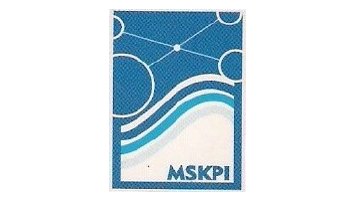ANALISIS STRUKTUR EKOSISTEM MANGROVE DI DESA KUKUPANG KECAMATAN KEPULAUAN JORONGA KABUPATEN HALMAHERA SELATAN MALUKU UTARA
Abstract
Mangroves forests have adapted themselves from exposure to strong waves with high salinity. Mangroves grow on mud flats flooded with sea water or brackish water during high tide or flooded throughout the day. Kukupang village is one of the capital of the District of Jouronga Islands are located in the South Halmahera in North Maluku province. Mangrove ecosystem has grown Kukupang village life along the coast with an area of approximately 65 hectares with the condition is still very natural growth. The research was conducted in October-November 2014 Location of the study took place in mangrove ecosystem Kukupang Village District of Joronga Islands, South Halmahera in North Maluku. Transect method of determining the station square and performed by stratified random method. Data retrieval is divided into three stations measuring 10 x 10 m for trees, 5 mx 5 m for the stake, 1 x 1 m for the nursery, where elucidation of the sampling stations are divided into three stations. Based on the results of the study are six mangrove species found are: Rhizopora apiculata, Avicennia marina, Rhizophora mucronata, Sonneratia alba, Brugueraea gymnorrhiza, Ceriops tagal. Distribution pattern associated mangrove ecosystem, and the highest level of density is the type of mangrove species Rhizophora apiculata, the condition of the substrate at the location of the dominant research dust.




















